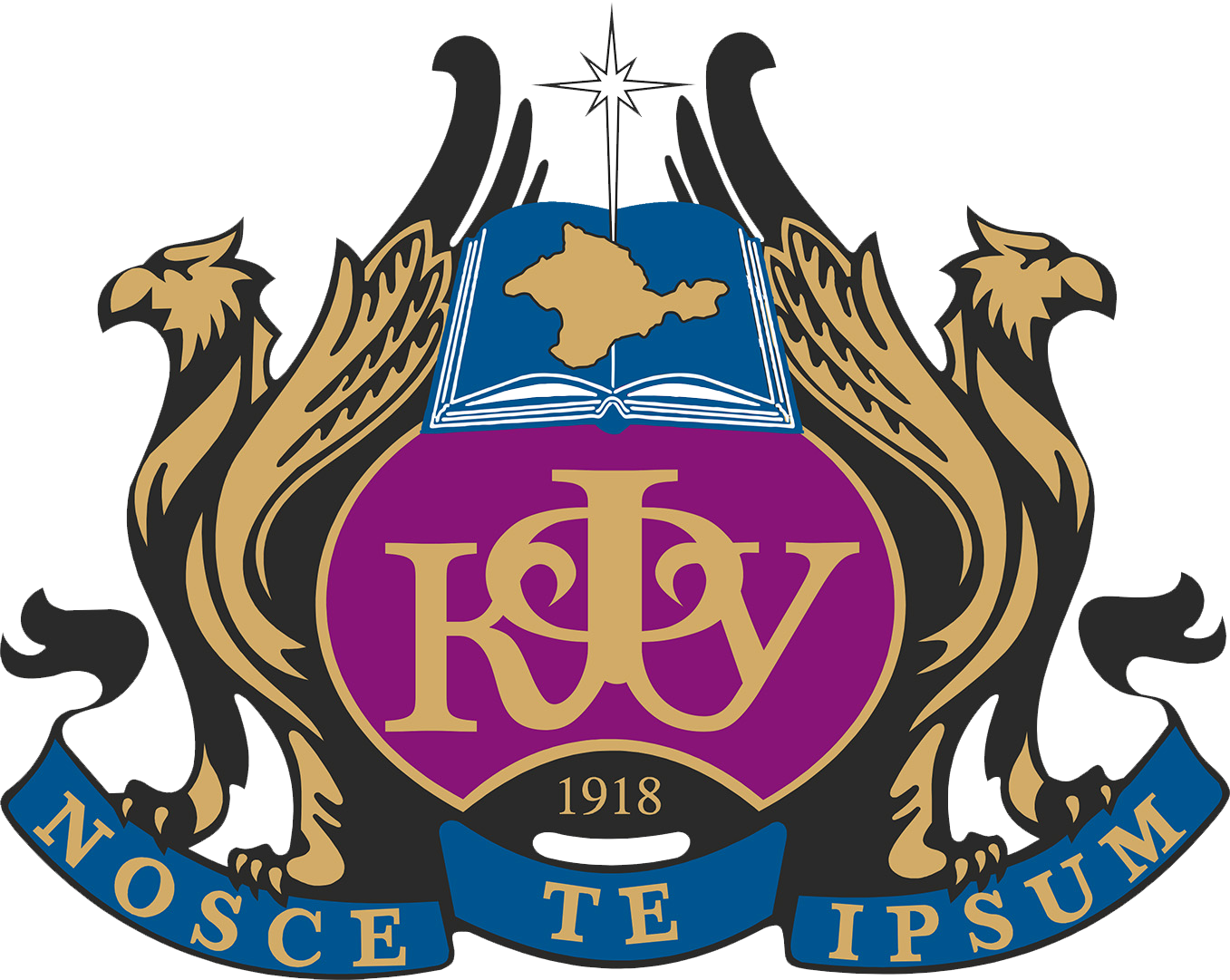Chechen State Pedagogical University
Chechen State Pedagogical University
Chechen State Pedagogical University
The rarity of a species is determined by two main factors: natural rarity caused by the biological characteristics of the species (low abundance, small or fragmented range, reduced reproductive capacity). This category includes the most vulnerable species (endemic, relict, stenobiontic); anthropogenically caused rarity, leading to a reduction in the number of a species and its range due to human activity. The most important mechanisms for the conservation of rare and endangered species that are subject to protection are their inclusion in the Red Data Books at the federal and regional levels, and the establishment of a system of Protected Areas designed in situ to preserve populations of these species. The article provides information about protected and recommended for protection forest plant species in the eastern part of the Russian Caucasus, as well as historical information about the creation of regional Red Data Books. The forest flora under study includes 83 plant species, the problem of extinction of which is very urgent. For all species, protection categories and population status are indicated; 75 species of them are protected, and 8 species need protection and are recommended for inclusion in the regional Red Data Books.
Red Data Book, vascular plants, protected species, relicts, endemics, stenoendemics, subendemics
1. Guseva I. N. Flora lesov Central'nogo Predkavkaz'ya i ee analiz: dis. … kand. geogr. nauk: spec. 25.00.23 Fizicheskaya geografiya i biogeografiya, geografiya pochv i geohimiya landshaftov. – Stavropol': FGAOU VPO «Severo-Kavkazskiy federal'nyy universitet», 2015. – 187 s.
2. Krasnaya kniga Respubliki Dagestan / [Red. G. M. Abdurahmanov]. – Mahachkala, 2009. – 552 s.
3. Krasnaya kniga Respubliki Dagestan / [Red. G. M. Abdurahmanov]. – Mahachkala: Tipografiya IP Dzhamaludinov M. A., 2020. – 800 s.
4. Krasnaya kniga Respubliki Dagestan. – Mahachkala: Dagestanskoe kn. izd-vo, 1998. – 338 s.
5. Krasnaya kniga Respubliki Ingushetii. – Magas, 2006. – 468 s.
6. Krasnaya kniga Rossiyskoy Federacii. – M.: Izd-vo KMK, 2008. – 855 s.
7. Krasnaya kniga RSFSR. Rasteniya. – M.: Rosagropromizdat, 1988. – 590 s.
8. Krasnaya kniga SSSR. T. 2. – M.: Lesnaya promyshlennost', 1984. – 478 s.
9. Krasnaya kniga Stavropol'skogo kraya. T. 1. Rasteniya / [Red. A. L. Ivanov]. – Stavropol': Izd-vo IP Andreev Igor' Vladimirovich, 2013. – 400 s.
10. Krasnaya kniga Chechenskoy respubliki. – Groznyy, 2007. – 432 s.
11. Krasnaya kniga Chechenskoy respubliki. Vtoroe izdanie. – Rostov-na-Donu: OOO «Yuzhnyy izdatel'skiy dom», 2020. – 450 s.
12. Litvinkaya S. A., Murtazaliev R. A. Kavkazskiy element vo flore Rossiyskogo Kavkaza: geografiya, sozologiya, ekologiya. – Krasnodar: Izd-vo KubGU, 2009. – 439 s.
13. Litvinskaya S. A. Redkie i ischezayuschie vidy flory Checheno-Ingushskoy ASSR // Rastitel'nye resursy. – Rostov: Izd-vo RGU, 1986. – S. 279–290.
14. L'vov P. L. Ischezayuschie i redkie rasteniya Dagestana // Redkie i ischezayuschie zhivotnye i rasteniya Dagestana. Materialy k Krasnoy knige. – Mahachkala: Dagestanskoe kn. izd-vo, 1981. – S. 51–86.
15. Radzhi A. D. Dikorastuschie vidy flory Dagestana, nuzhdayuschiesya v ohrane. – Mahachkala, 1981. – 84 s. Redkie i ischezayuschie vidy flory SSSR, nuzhdayuschiesya v ohrane / [Red. A. L. Tahtadzhyan]. – L.: Nauka, 1981. – s.
16. Taysumov M. A., Umarov M. U., Baybatyrova E. R., Astamirova M. A. M., Abdurzakova A. S. Osobo ohranyaemye prirodnye territorii lesnoy flory Vostochnoy chasti Rossiyskogo Kavkaza // Sovremennye problemy lesozaschity i puti ih resheniya: Mater. II Mezhd. nauch.-prakt. konf. – Minsk, 2020. – C. 225–236.
17. Titova S. V., Kobyakov K. N. Redkie lesnye rasteniya Rossii. Vyyavlenie i mery ohrany pri lesopol'zovanii. – M.: Vsemirnyy fond dikoy prirody (WWC), 2017. – 194 c.
18. List of rare, threatened and endemic plants for the countries of Europe / [Ed. K. Garden]. – Oxford, 1976. – 166 p.
19. Lucas G., Synge H. The IUCN Plant Red Data Book // Morges, Switzerland: IUCN, 1978. – 540 p.





